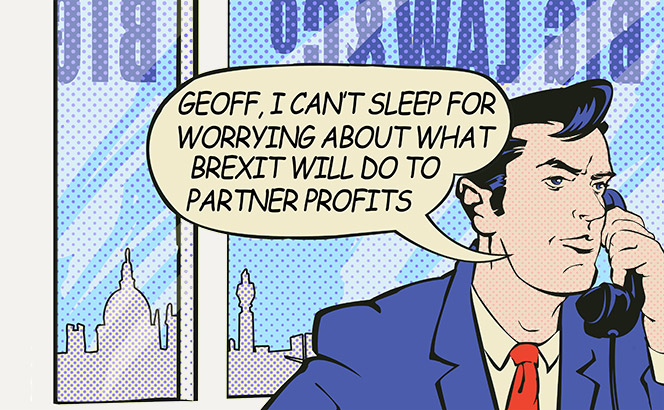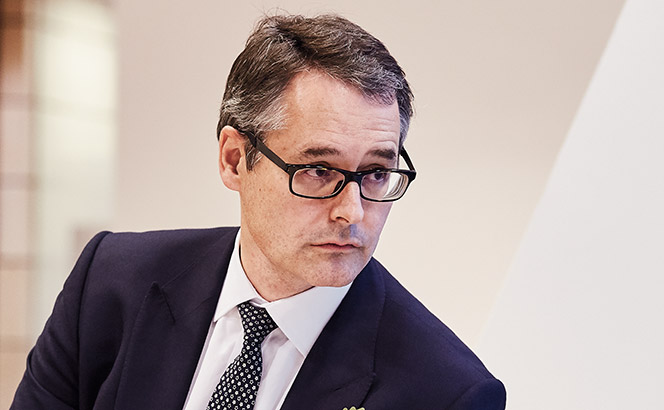
On occasion, we are asked to give our house view at partner conferences and the like. Undertaking one such gig last month for a top-50 UK law firm while the government unhelpfully melted down in the background, I put down some notes on the outline questions the law firm asked me to address before the conference. Obviously, I was not reading my notes in front of the audience in a two-way Q&A and did not stick to the script, but with a little scrubbing up and the identifying information removed, the notes seemed a decent compilation on the kind of topics that Team LB is frequently asked to opine on.
***










